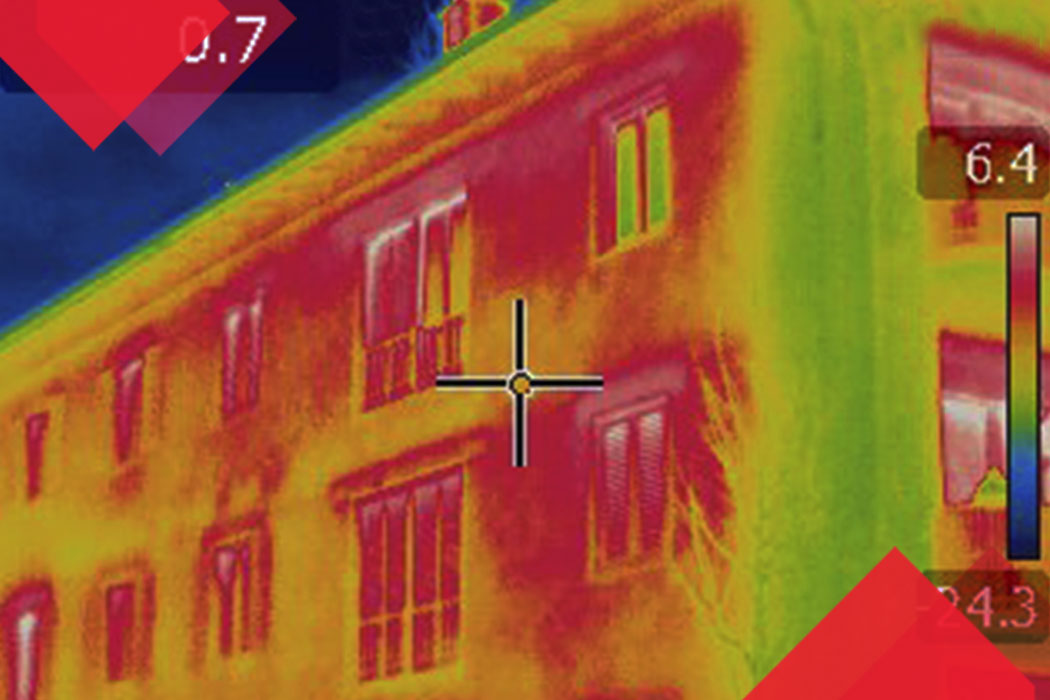As a commercial energy code specialist, I am often asked the same questions by contractors: “How do I get my next project to meet code? What are my local energy code requirements? Where do I begin?” To help you get started, I’ve compiled a list of my top commercial energy code compliance tips.
Here are some of the major components of energy codes and how to guarantee your next project is up to code:
- Understand the difference between the two national code requirements – International Energy Conservation Code (IECC) and American Society of Heating and Air-Conditioning Engineers (ASHRAE).
First, ASHRAE is a standard, not a code. IECC is the code that references the ASHRAE standard. Other differences include:
- ASHRAE and IECC have different three-year cycles.
- IECC follows behind ASHRAE by two years. For example, IECC 2012 is modeled and referenced after the ASHRAE 90.1 2010 Standard.
IECC references the latest ASHRAE Standard, plus any addendums and new data. IECC Section C401.2 (Application) gives the building designer the option to use the ASHRAE 90.1 Standard as an alternative to the IECC. It’s important to know that once this decision is made, the mechanicals, lighting and envelope must follow the same path.
There are a few key differences between the ASHRAE and IECC envelope requirements; most notably, mechanicals and lighting. Oftentimes the envelope and component requirements in IECC are more stringent than the ASHRAE standard.
- Learn what’s in a code.
There are three major components of a commercial energy code:
- Lighting
- HVAC
- Envelope
Additionally, there are many elements within the building envelope subject to energy code regulations, including:
- Opaque roof and wall assemblies
- Windows
- Skylights
- Doors
- Foundation
- Floor
More from Author
Bill Beals | Dec 28, 2017
IECC 2015 and ASHRAE 90.1-2013: Metal building envelope updates you need to know
The latest code cycle requires higher insulation values and an air barrier in the thermal envelope.







